Navigating the UK School Procurement Landscape: Tips and Best Practices
In today’s rapidly evolving education sector, procurement plays a pivotal role in ensuring schools have access to the necessary resources and services to deliver quality education. However, navigating the school procurement landscape can be a daunting task, given the complex regulations, budget constraints, and diverse needs of each and every school.
Before diving into the procurement process, it is essential to gain a comprehensive understanding of the procurement landscape.
Familiarise yourself with government policies, funding mechanisms, and local authority requirements. Stay up-to-date with changes in legislation, such as the latest updates to the Public Contracts Regulations and thresholds of spending.
By staying informed, you can tailor your procurement strategies to meet the specific needs and regulations of the education sector.
You’ll also start to find new technologies or innovations that could help your school. Incorporating technology into your procurement practices can streamline processes, improve efficiency, and enhance transparency.
It’s important to explore e-procurement systems and online platforms designed specifically for the education sector, as well as third party procurement support. These tools can simplify the tendering process, automate administrative tasks, and provide real-time access to procurement data.
By harnessing the power of technology, you can save time, reduce errors, and make data-driven decisions.
It’s not just about staying informed though, you need to be able to foster strong relationships within the education sector that focus on collaboration.
Building strong relationships is crucial for successful school procurement. Be sure to develop partnerships with school administrators, teachers, and your other key stakeholders to understand their requirements, challenges, and objectives.
Collaborate with them to create a procurement strategy that aligns with their educational goals while adhering to budget constraints. Effective communication and collaboration are vital to ensure a smooth procurement process and building trust among your stakeholders.
When it comes to the procurement process, supplier selection is one of the most important steps you can make. Be sure to consider their commitment to diversity, sustainability and social value.
Look for suppliers that promote fair employment practices, support local communities, and prioritise environmentally friendly products and services. Supplier diversity and sustainability initiatives will not only align with your educational values but also contribute to the overall social and environmental well-being of your school’s surrounding area.
By partnering with responsible suppliers, schools can inspire students to become socially conscious citizens.
This next tip is particularly effective if you are a larger school or multi-academy-trust, however, smaller schools are still encouraged to take part.
Collaborative procurement offers schools an opportunity to pool resources and leverage economies of scale. Engage with local purchasing authorities, framework agreements, or regional collaborative procurement organisations. By participating in collective purchasing initiatives, you can achieve cost savings, access a wider range of suppliers, and benefit from shared expertise.
Collaborative procurement not only optimises resource allocation but also creates a sense of community within the education sector.
Continuing along the procurement route, once successful, your newly procured contract should never be left to collect dust!

School procurement should be viewed as an ongoing process that requires constant evaluation and improvement. Regularly assess the effectiveness of your procurement strategies, monitor supplier performance, and seek feedback from school stakeholders.
Identify areas for improvement, implement necessary changes, and share best practices within the procurement community. If finding areas for improvement proves a daunting task – which it especially can be in larger schools – we recommend undergoing a spend analysis process to give yourself the perfect launching point to revolutionise your schools spend.
By embracing a culture of continuous improvement, schools can enhance their procurement practices, achieve greater value for money, and deliver better educational outcomes.
Navigating the UK school procurement landscape requires a strategic approach, strong relationships, and a commitment to continuous improvement.
By understanding the education sector, embracing technology, prioritising diversity and sustainability, exploring collaborative opportunities, and evaluating procurement practices, you can optimise your procurement processes and enhance the overall learning experience for your students.





